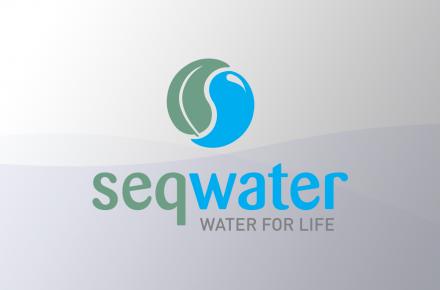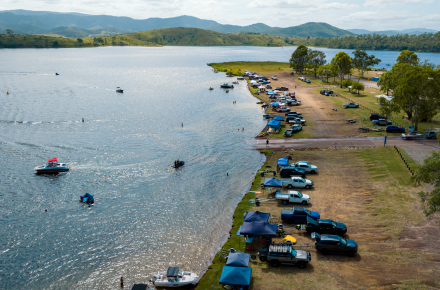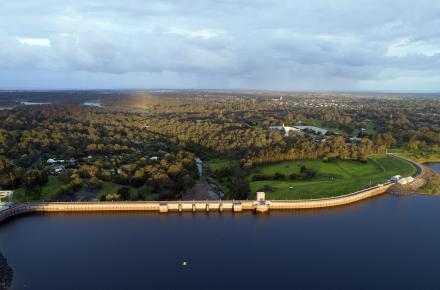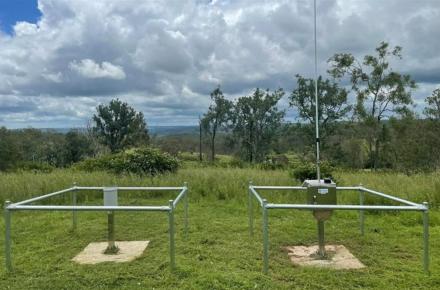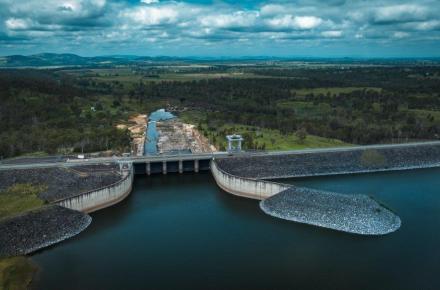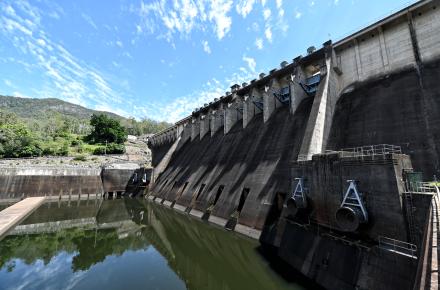Seqwater Senior Project Manager Matt Malos said the work was done to offset some tree clearing required to undertake improvement works to upgrade Seqwater’s operational areas to current industry standards.
The nest boxes were innovatively constructed using the cleared site tree branches and trunks, or where possible cut directly into suitable trees.
Since completion of the project a year ago, recent inspections had found extremely positive sightings, with local wildlife such as possums, sugar gliders as well as cockatoos and parrots taking up residence
“Each of the hollows and nests were purpose-built to attract native animals so it’s pleasing to see them being used,” Mr Malos said.
“More than 80% of these installations we provided are now occupied by wildlife.”
After assisting on the project, specialised artisan habitat tree company Habi-tec are now working with Seqwater on another wildlife initiative in the area.
Mr Malos said five very large hollows that had remained unused within the stockpile area, because they were too large to install as nest boxes were instead being donated to improve quoll conservation “We sought approval from Moreton Bay Regional Council to relocate these hollows and have subsequently contributed them to The Bulimba Creek and Catchment Group who are constructing quoll habitats at Mount Barney to replace those lost in bushfires,” Mr Malos said.



